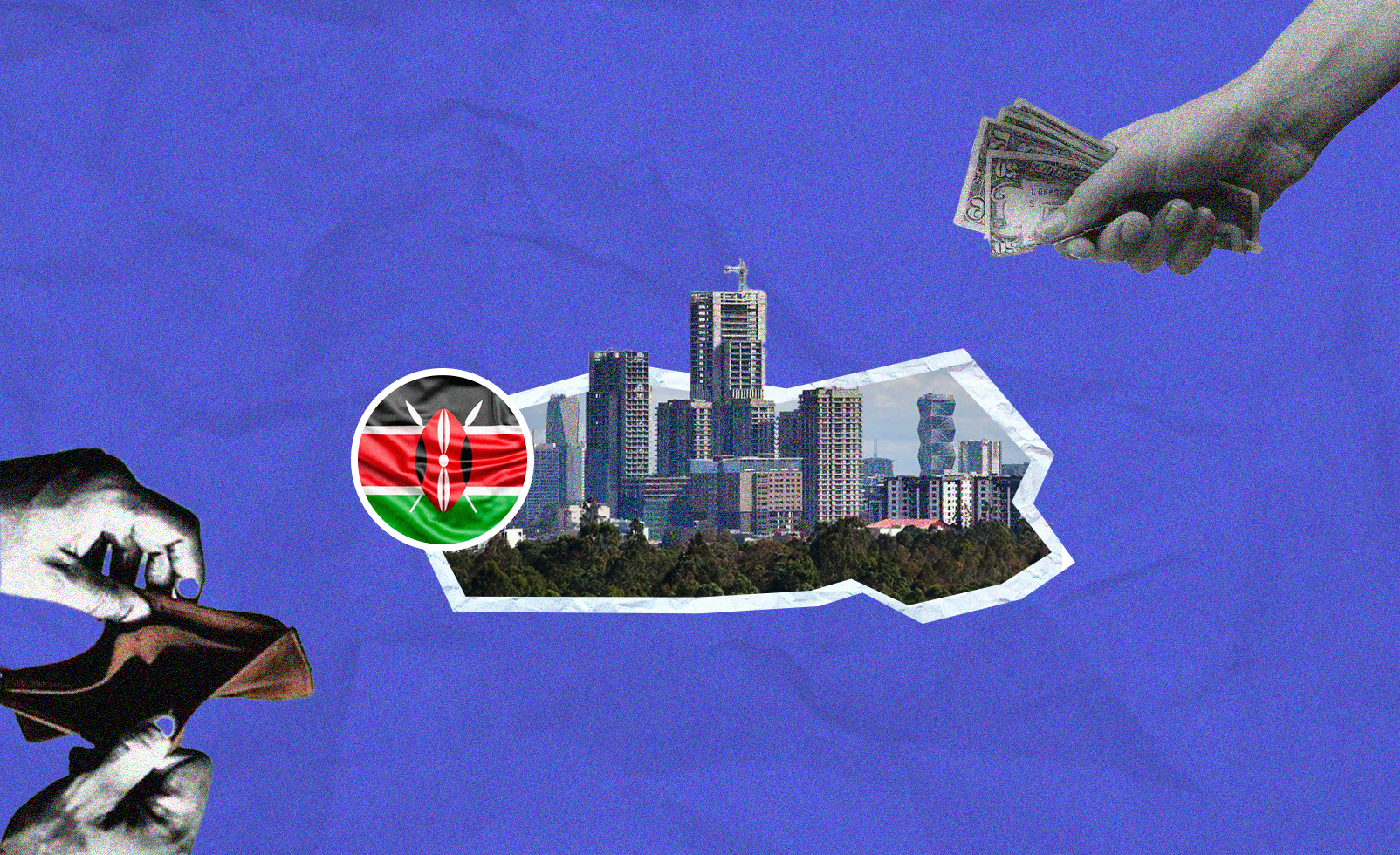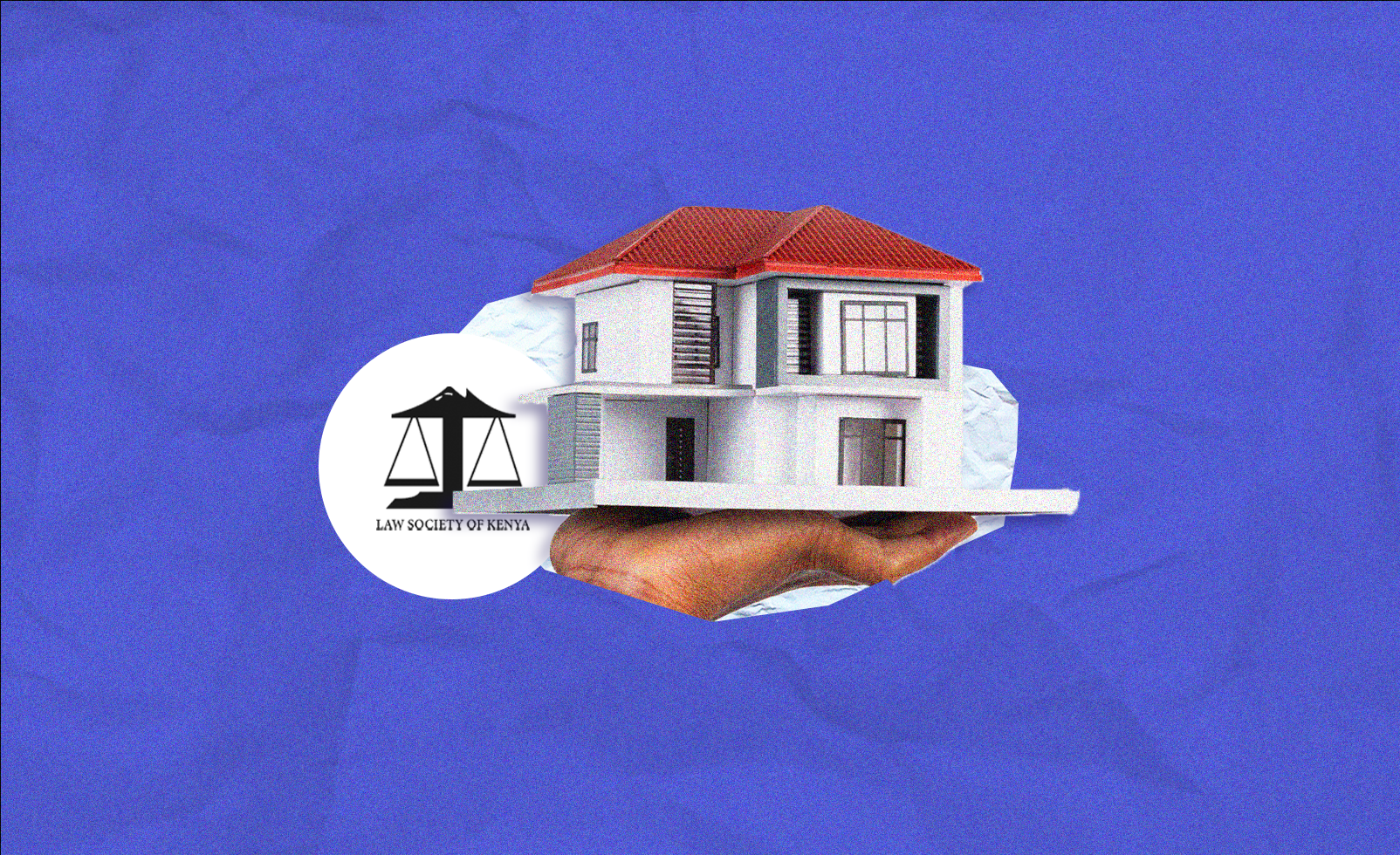The Evolution Of Real Estate Financing Methods In Kenya
Linah Amondi . 5 months ago
Kenya Pension Funds
Kenya Property Financing
Kenya real estate
Kenya REITs

Share this post
Subscribe to our newsletter
In Q2:2023, Kenya’s real estate sector was the third largest contributor (8.3%) to the country’s GDP. Compared to other countries in a similar period, Kenya’s real estate sector recorded impressive gains against countries such as Nigeria (5.3%), Rwanda (5.0%), and Ghana (2.2%). Source: National Bureaus Of Statistics Despite this progress, the real estate development…
In Q2:2023, Kenya’s real estate sector was the third largest contributor (8.3%) to the country’s GDP. Compared to other countries in a similar period, Kenya’s real estate sector recorded impressive gains against countries such as Nigeria (5.3%), Rwanda (5.0%), and Ghana (2.2%).

Source: National Bureaus Of Statistics
Despite this progress, the real estate development pipeline in Kenya remains limited driven by inadequate access to capital, and the high cost of construction materials. As such, this article seeks to highlight how various financing methods continue to evolve for both public and private sector projects:
Pension Schemes’ Allocation To Real Estate Has Increased By 9.7% CAGR Over The Past 10 Years
Over the past ten years, pension schemes funds allocation to real estate in Kenya has been on an upward trajectory, as evidenced by a 9.7% CAGR:

Source: Kenya Retirement Benefits Authority
Despite the growth, pension scheme’s exposure to real estate and real estate instruments such as Real Estate Investment Trusts (REITs) remains significantly low at less than 20% and 1.0%, respectively, compared to sample African countries such as Zimbabwe with a 60% exposure. This is mainly influenced by factors such as longer transaction timelines, and high capital required further fueled by the rising construction costs. Nonetheless, pension schemes’ exposure to REITs substantially increased in H1:2023 by 3,700% to Kshs 10.36 bn, from Kshs 0.28 bn in FY:2022. This was mainly as a result of the listing of the first pension-backed REIT in March 2023, signifying a renewed hope for the initiative:

Source: Kenya Retirement Benefits Authority
Cognizant of the role played, we believe that a reduction in minimum investments for instruments such as REITs, and incentives in place such as reduction of withholding taxes, can increase their participation in property investments and as a result, raise funding. Additionally, a reduction in transaction timelines can help realize this objective. It takes approximately 44 days to register a property in Kenya, while countries such as Rwanda, Mauritius, Morocco, South Africa, and Zimbabwe take 7, 17, 20, 23 and 29 days respectively, for a similar process.
Since Their Inception, Real Estate Investment Trusts (REITs) Market Capitalization Has Grown To USD 42.6 Mn
Capital Markets are an alternative way of financing projects, however, Kenya’s sector is still underdeveloped given that they contribute less than 10% funding, when compared to developed countries contributing approximately 60%:

Source: CAHF, Cytonn
An integral real estate investment tool in capital markets is usually Real Estate Investment Trusts(REITS). Since the inception of REITs in 2013, Kenya has so far authorized four entities with an estimated market capitalization of $42.6 Mn. These include the Fahari I-REIT, LAPTRUST Imara I – REIT, Acorn I – REIT and Acorn D – REIT. Notably, the country is ranked as the third largest REIT market in Africa. Still it ranks behind countries such as South Africa which has approximately 33 listed REITs:

Source: CAHF
REITs are emerging as a means to raise project financing as evidenced by the Acorn D-REIT, which provides a development vehicle for sophisticated real estate that can be absorbed into the Acorn I-REIT.
Still, the minimum investment amount of 5.0 Mn, longer transaction timelines, and limited awareness have been some of the key challenges impacting the progress of REITs in Kenya. In order to make REITs more efficient, Kenya can review its policies to allow for more REITs into the market by; reducing the minimum investment amount on D-REITs to a reasonable amount i.e. Kshs 100,000, increasing awareness of the financing instrument dynamics through market events and platforms such as the Reits Association of Kenya, and introducing Hybrid REITs vehicles (property and mortgage backed REITs) to eliminate duplicate costs.
There Is A New Lease Of Life On Public Private Partnerships (PPPs) Through Affordable Housing focused initiatives
PPPs have long been proposed as a key model to bridge infrastructure deficits in Kenya. Notably, this model has gained a new lease of life underpinned by the renewed focus on Affordable Housing Program (AHP) projects. Some of these projects include:
- River Estate project being constructed by Erdermann Limited.
- Pangani Housing Project being constructed by Tecnofin Kenya Limited.
- Starehe Point Affordable Housing Project being constructed by Gulf Cap Africa Limited.
Notably, since the inception of the PPP Act in 2013, no affordable housing project has previously been completed under the initiative. As such these initiatives also present a template for engagement upon successful completion and handover of the projects.
Given that inadequate financing has been a key challenge hampering the AHP progress, this type of funding seeks to bridge that gap as private investors majorly provide capital and development expertise, while the government provides land for construction. Notably, there are various PPP arrangements to ensure the private investors recoup their funds such as the Build Operate Transfer (BOT) and Build Own Operate (BOO) models.
To improve the performance of this funding initiative, it is crucial for the government to review its policies thus minimizing bureaucracy in processes, provide housing infrastructure incentives, as well as demystify capital markets and improve PPP budget allocation to supplement PPP funding.
Private Capital Is Emerging As An Alternative Source Of Real Estate Funding
As a business hub, Kenya has attracted its share of private capital investments in the real estate market, with some of the projects by private equity firms being the Garden City Mall and City Lodge Hotels by Actis, and Crowne Plaza by Kasada Capital Management among others. However when compared to other countries, these investments are relatively low. Example, there have been over $1.8 Bn property transactions across Africa over the past ten years, yet Kenya accounts for a mere 2.5% (commercial and logistics), indicating minimal investment as highlighted below:

Source: Estate Intel (Sales and Acquisitions)
Notably, the devaluation of the currency affecting returns, rising inflation and interest rates, inadequate exit strategies, and an overall suppression in private capital deals have been key setbacks hampering optimum investments in Kenya’s property market. This is topped off by inadequate access to transactions comparable data. Conversely these challenges can be mitigated by the provision of tax incentives, encouraging pension funds to participate more in real estate, currency appreciation, and provision of adequate information in order to increase more private equity investments in the country’s property market.
Though Not Popularly Employed, Real Estate Structured Products Have Proven To Attract Impressive Investments
These are asset-based financing options structured by organizations as a way to raise capital for Real Estate development and mortgages. They include products such as High Yield Funds (HYFs), and Medium Term Notes (MTNs) among others. Though not popularly employed, they have proven to attract investments as they require minimal initial amounts i.e. Kshs 100,000, provide attractive returns, and in addition to acting as a savings mechanism. For example in February 2022, Kenya Mortgage Refinance Company’s (KMRC) first tranche of the Kshs 10.5 bn Medium Term Note (MTN) program recorded an oversubscription of 478.6%.
For developments, so far only two corporate bonds have been approved under the affordable housing program since its inception in 2017:
- Kenya’s first Sukuk bond by Linzi Finsco Trust which was recently approved by the capital markets in September 2023, for the development of 3,069 affordable housing units.
- The Kshs 3.9 Bn Medium Term Note (MTN) programme issuance for Urban Housing Renewal Development Limited that was approved by the CMA in November 2021, to finance the construction of the ongoing Pangani Affordable Housing Project.
Given that these products are regulated by capital markets, it is crucial to demystify the sector in order to increase their participation in real estate financing.
Conclusion
Kenya has a vibrant property market evidenced by its position as the third largest contributor to GDP. As a high value sector requiring massive upfront capital, financing continues to impact the optimal investment in the sector, with the banking sector overplied as the main source of capital/debt (90%). It is therefore crucial for investors or developers to further adopt the other various property financing or investment options, with the right measures in place.
We love your feedback! Let us know what you think about the various Real Estate financing options by emailing [email protected].
Subscribe to ei Pro to access affordable real estate data such as; sales rates, yields, supply drivers, and information on key real estate market participants who are active in the market.
Related News
You will find these interesting

Linah Amondi . January 2024
Kenya’s real estate market is among the top GDP contributors in the country, indicating it as a vast and attractive inve...
Kenya real estate

Linah Amondi . November 2023
Sameer Africa has commenced the construction of a Kshs 260 mn warehouse along Mombasa Road, Kenya. The facility will off...
Kenya industrial market
Kenya real estate

Linah Amondi . October 2023
Kenya real estate
The Law Society Of Kenya